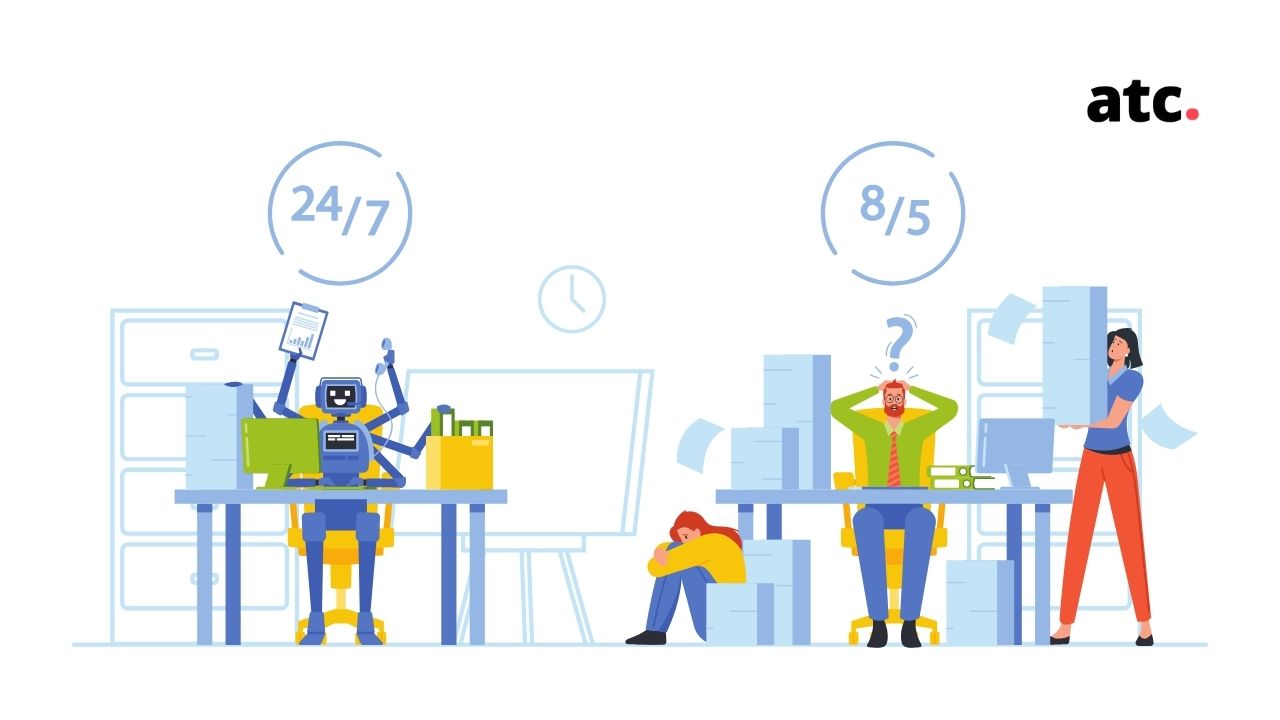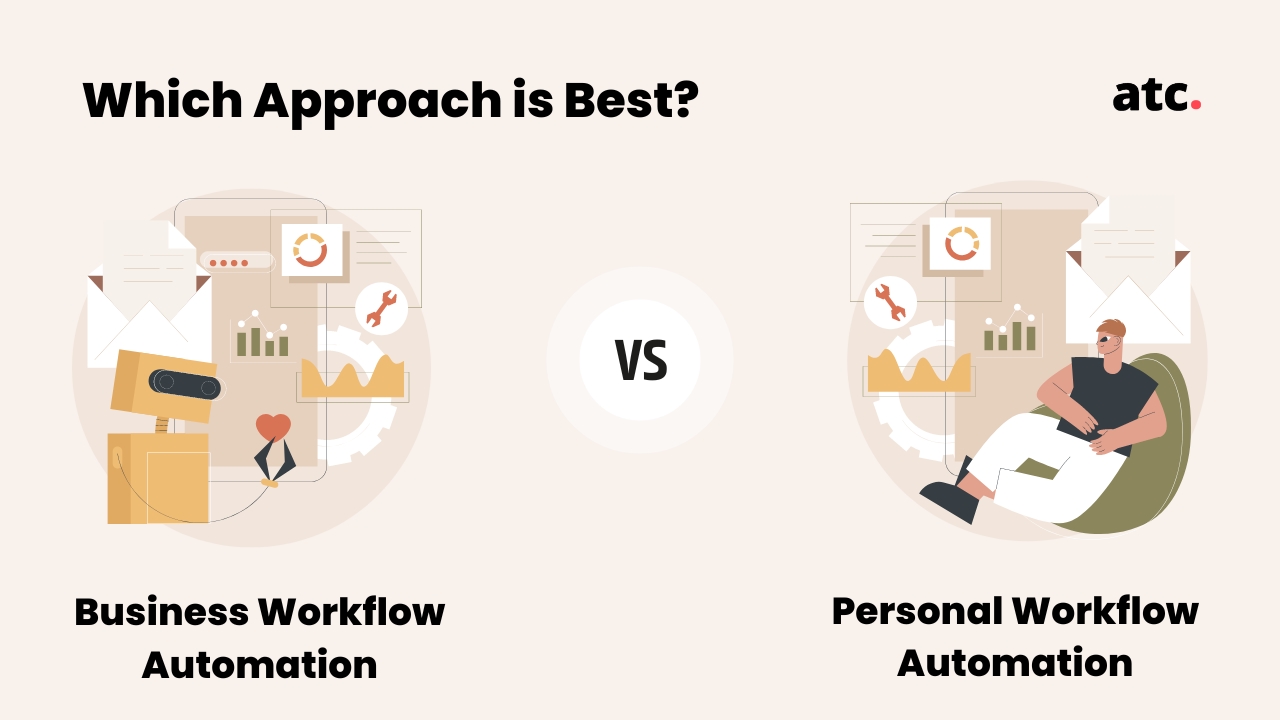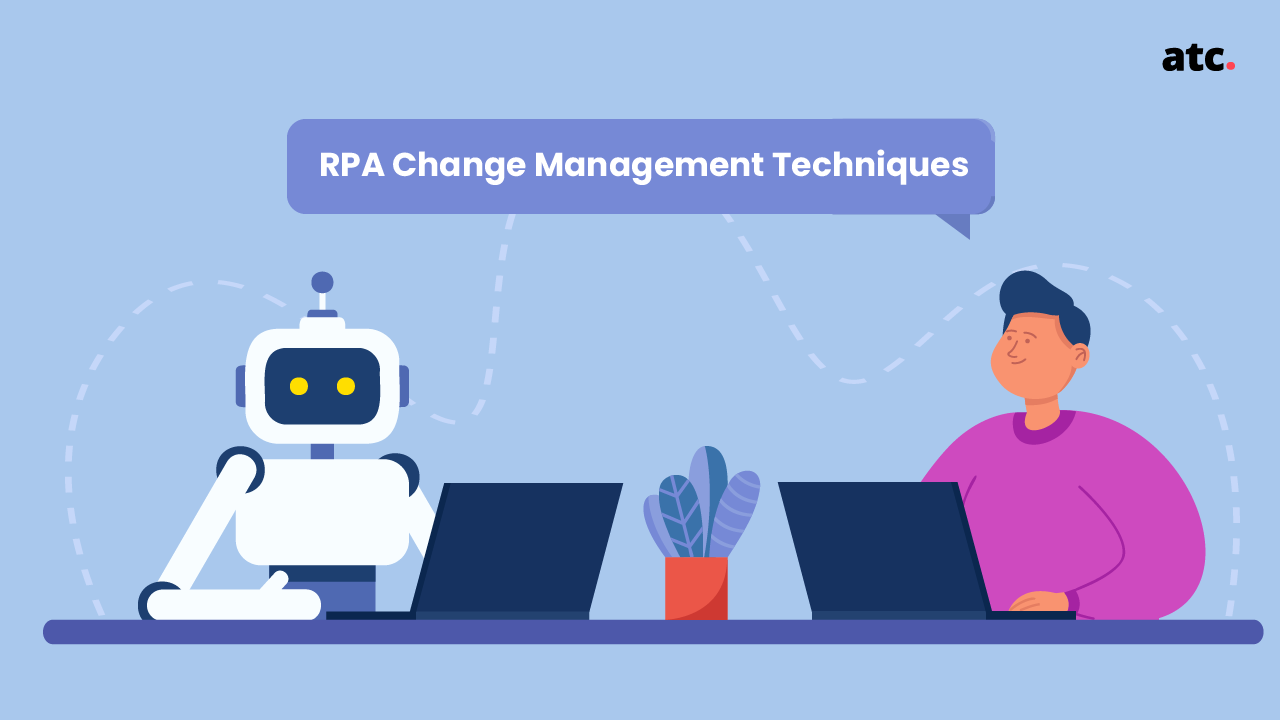Subscribe to the blog
For businesses in today’s world, automation is a surefire way to optimize resources and enhance the quality of operations. This is simply because automating repetitive tasks saves a huge amount of time, effort, and costs. It also ensures high quality and accuracy in the output, as the scope for human error is reduced. It is widely noted in the global workforce that automation can boost productivity.
To that effect, there are various types of automation processes that can be followed. We could do all the programming on our own, or we could let bots take care of it. That is just the beginning of the difference between Robotic Process Automation (RPA) and traditional automation.
In this blog, we examine both models closely and explore the differences between RPA and traditional automation.
What is RPA?
Robotic Process Automation, or RPA, is software that allows the automation of a high volume of repetitive tasks that follow logic and rules. These are software bots that can mimic human actions based on predefined activities and business rules. The instructions fed into the bot help them execute a high volume of tasks, processes, and transactions across multiple IT systems without getting humans involved.
RPA has particular utility in the digital sphere as we move more and more processes to the virtual world. You can think of the RPA bots as your digital assistants who help you with mundane tasks. This way, you get more space and time for work that requires creative and strategic thinking. Deep work becomes possible when you are not constantly distracted by busywork.
By delegating your administrative tasks, you can also free up to 69 days in a year and use these days to march forward on strategic tasks.
What is Traditional Automation?
On the other hand, traditional automation is the automation of any repeated tasks, but it is effectively just a program following your instructions. This is what we see in application programming interfaces (APIs) and programming that can integrate with different systems. The programme does not attempt to mimic human actions.
If you’ve worked with APIs in any capacity, you might know that traditional programming requires a thorough understanding of the target system to integrate seamlessly. RPA integration is comparatively very harmonious.
RPA v/s Traditional Automation: 9 Points to Keep in Mind
Let’s look at the differences between RPA and traditional automation below.
- Ease of integration with other systems
As mentioned above, the integration of RPA into existing systems or infrastructure is seamless. You are not required to make any changes in your business’s current IT infrastructure to switch to RPA. RPA bots sit on top of your existing systems, making them quicker and more efficient.
If your updation and other processes involve different IT environments, RPA bots have transferability across different systems, whether it’s a no-API, legacy system, an API system, and so on. In this sense, RPA is superior to the option of traditional automation. The latter is an old technology that often requires customizations in the existing IT infrastructure and makes use of APIs for the integration.
- Implementation time
RPA is far and away from the easier and quicker way of automation implementation. Because it uses graphical user interfaces, implementing RPA into your existing systems does not require it to integrate with all the applications. What does this mean? For example, if you are planning to implement an RPA bot to sort through payroll data to streamline the payroll function in your business, you will not have to worry about integrating the bot into the financial softwares or the HR management tools. The RPA bots can easily extract data from even a word document or spreadsheet without any integration process at all.
It also helps that the RPA software is process-driven, meaning that it concerns itself with the task: this can range from the movement of files, extraction, copying, data insertion, updation, routine analyses, and reporting to standard chats and text interpretation.
On the other hand, traditional automation often takes months to implement. It relies on APIs for integration, so actions like test designing and feasibility studies take a lot longer. This emerges as a core advantage of RPA: higher speed to market.
- Ease of scalability
For the same reasons as mentioned in the above two points, traditional automation requires significant time and effort to scale its implementation in your business.
For RPA, just as its implementation is an easy process, so is scaling it up. You can vary your resources following the need at any given time. RPA is scalable and enterprise-ready software technology. Most organizations start to automate one task at a time. Consider a bank: they might start by automating a back-office task, like filing a transaction. Once successful, they will introduce RPA bots to take care of other tasks in the back office. Before we know it, the bank will have automated a majority of its business processes.
- Customization
RPA provides a high level of customization for your business processes. Think of it this way: your employees have a specific requirement for, let’s say, the calendar function. They need certain events added and invites sent for the same. RPA allows them to create bots that can not only execute these tasks but synchronize the output with other software, including email, enterprise resource planning (ERP), and customer relationship management (CRM), so everyone is on the same page.
On the other hand, to create new functionality under the traditional automation tool, you will be faced with the limitations of APIs, making it harder to configure updates or changes. Traditional programming can feel complex compared to RPA.
- Human imitation
In the case of traditional automation systems, we feed programmatic information into the system, and it executes the predefined instructions. On the other hand, there is RPA, where the bots execute the task by imitating human actions.
Effectively, when we automate mundane activities through RPA, we don’t just give it instructions to execute a command; rather than train it to work as a human mind would in that situation.
- Cost efficiency
Any new technology comes with a significant cost of implementation. What we need to watch out for is whether or not that cost is justified and recoverable through the benefits the technology brings to the business.
RPA is costlier than traditional automation initially. But once implemented, the benefits incurred by the business in the form of redirection of human resources far outweigh these implementation costs. On the other hand, traditional automation is costlier to maintain in the long run because of its complex nature of integration.
- Accuracy
The idea of using bots to automate processes is made tempting by the accuracy they entail, thereby improving the quality of output produced. There is no concern of human errors creeping into the task execution, which could still be a concern for traditional automation.
RPA bots are always consistent and compliant. This makes for a compelling reason in favor of RPA automation.
- Programming skills as a prerequisite
No one likes being told that they cannot use a specific technology unless they have high-level programming skills. No one. RPA solves this problem because you can use RPA bots without any knowledge of programming languages. Automation led by RPA is as simple as a flowchart. You need no programming language or scripts; just focus on the function to be performed.
Naturally, employees will find it easier and smoother to adopt RPA bots into their workflows. The use of traditional automation tools will require you to know the programming language, and the type of language will also depend on the type of automation tool.
For example, someone who works on JavaScript for writing automation codes may not be able to synchronize with a task automated using, say, Python. An entire workforce cannot learn all programming languages. That reduces the utility of the traditional automation tools.
Low or no-code approaches work best for modern workplaces, as offered by RPA.
- Physical machines
Finally, traditional automation sometimes requires physical machines to perform simultaneous tasks or parallel executions. RPA can help you assign work to hundreds of virtual bots that can execute the tasks in the virtual space without the need to add physical technology.
Conclusion
As we can see, RPA has clear benefits over the traditional automation mode. It can create a cost-efficient, accurate, personalized, and seamless business process for everyone involved. Because employees can automate the back office, they can then concentrate on the deep work and creative strategy needed in the front office. RPA is also a step forward; automation is the future, and RPA is a good precursor to the reality of a full-fledged automation exercise.
Our RPA experts are available to answer any questions you might have on integrating RPA software-driven solutions into your business processes. Contact us to know more.




